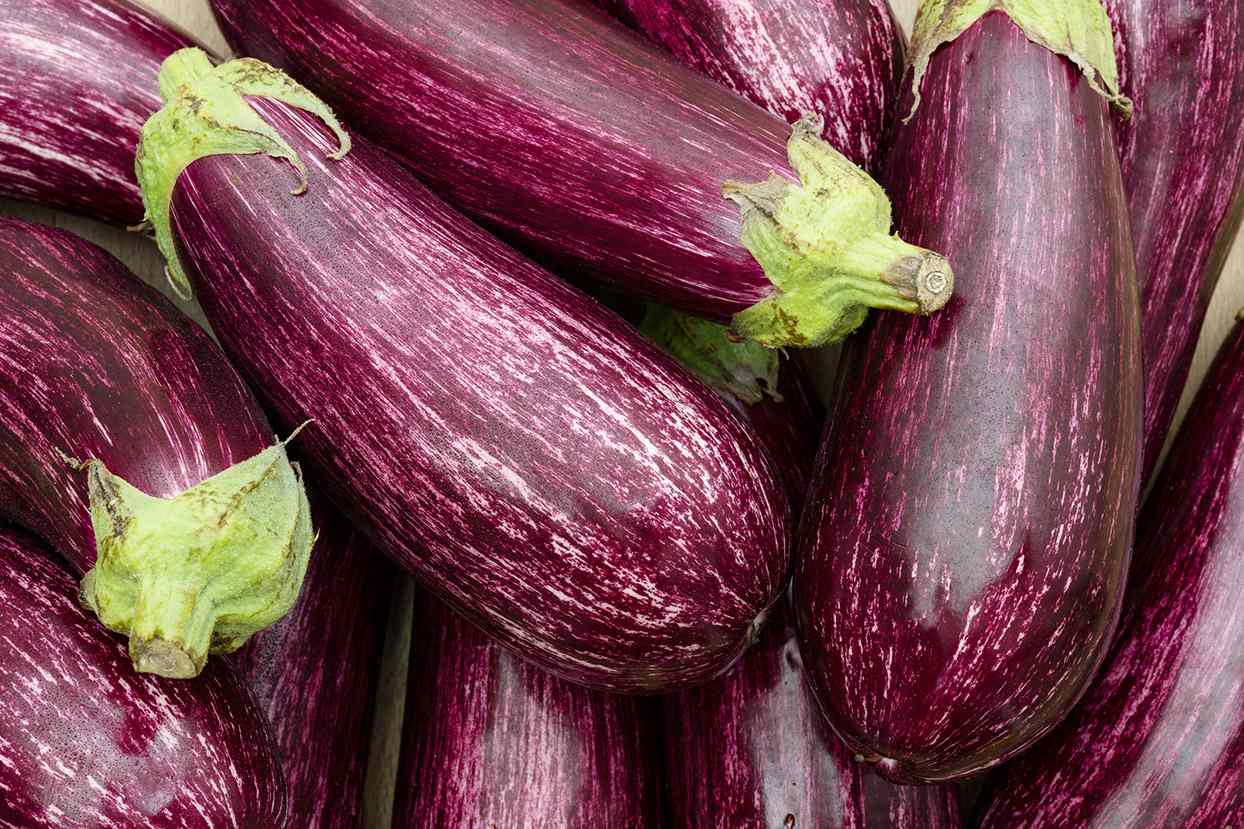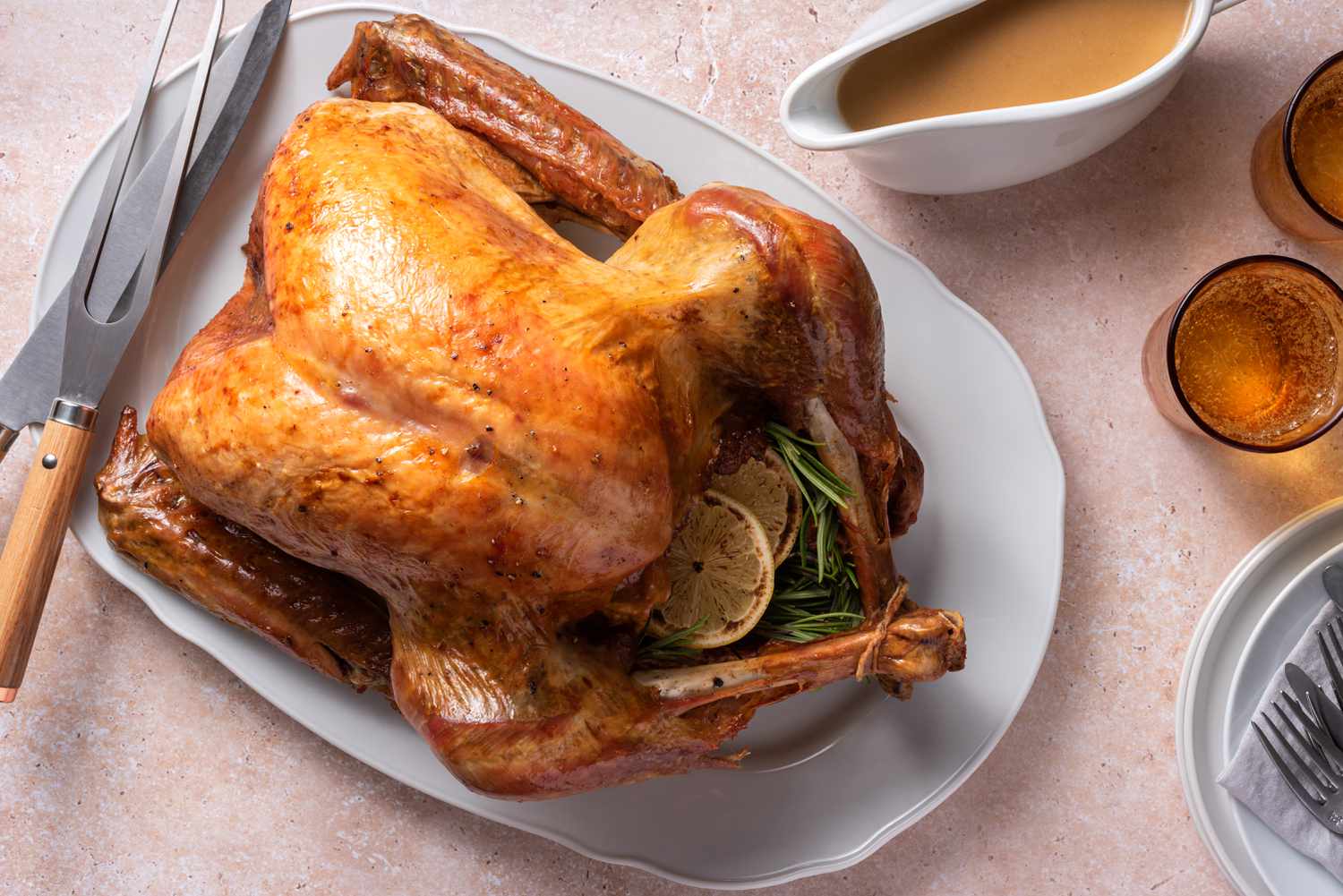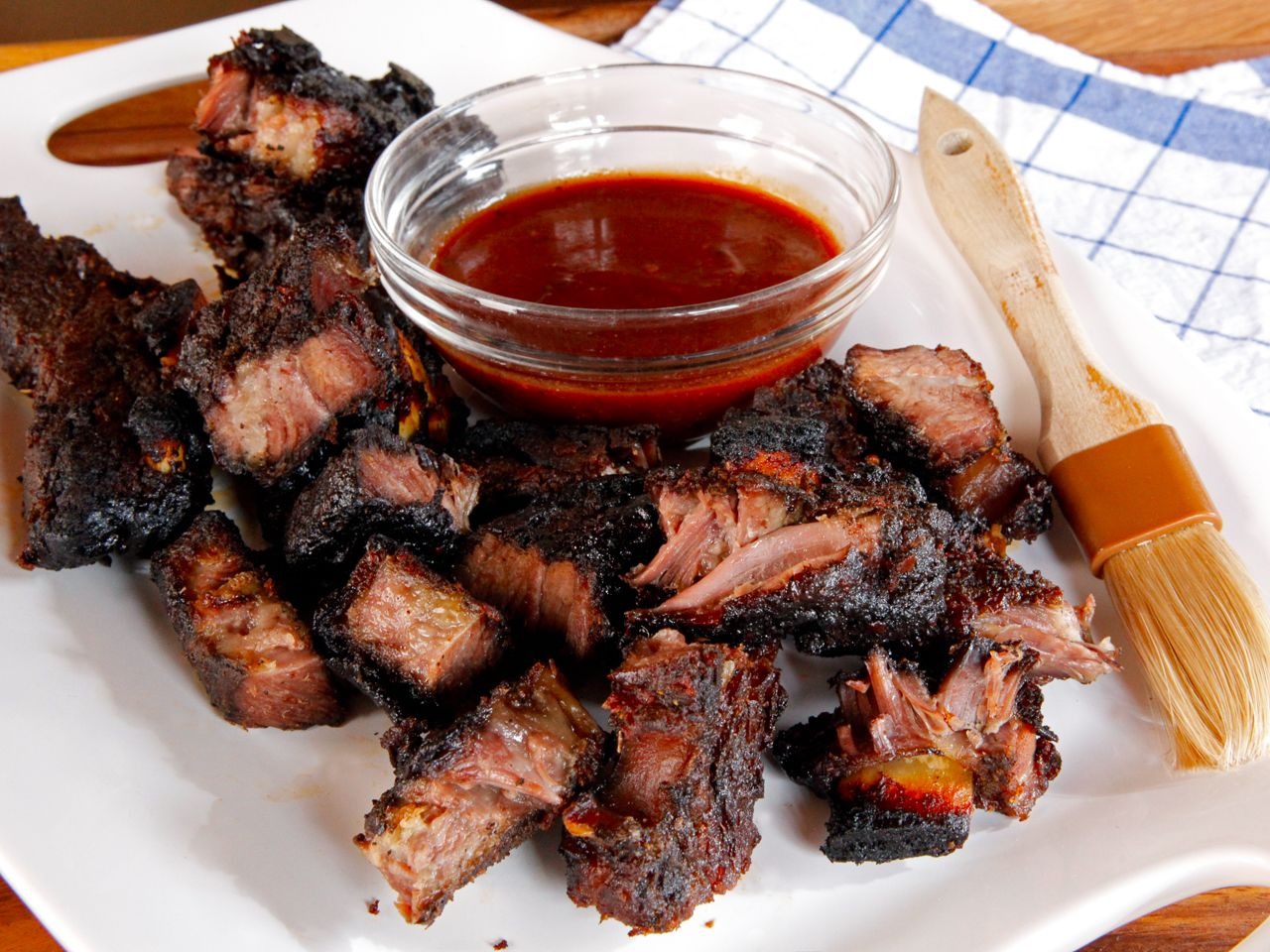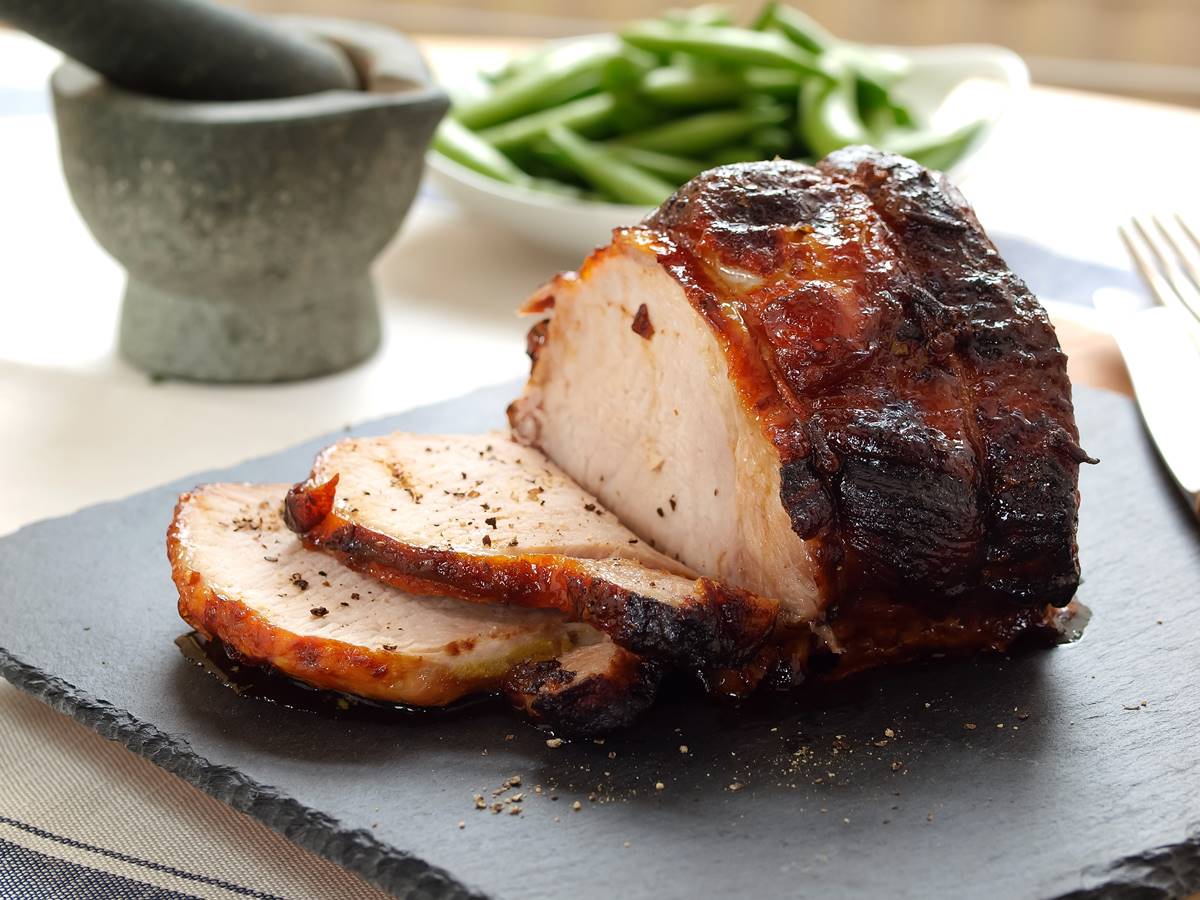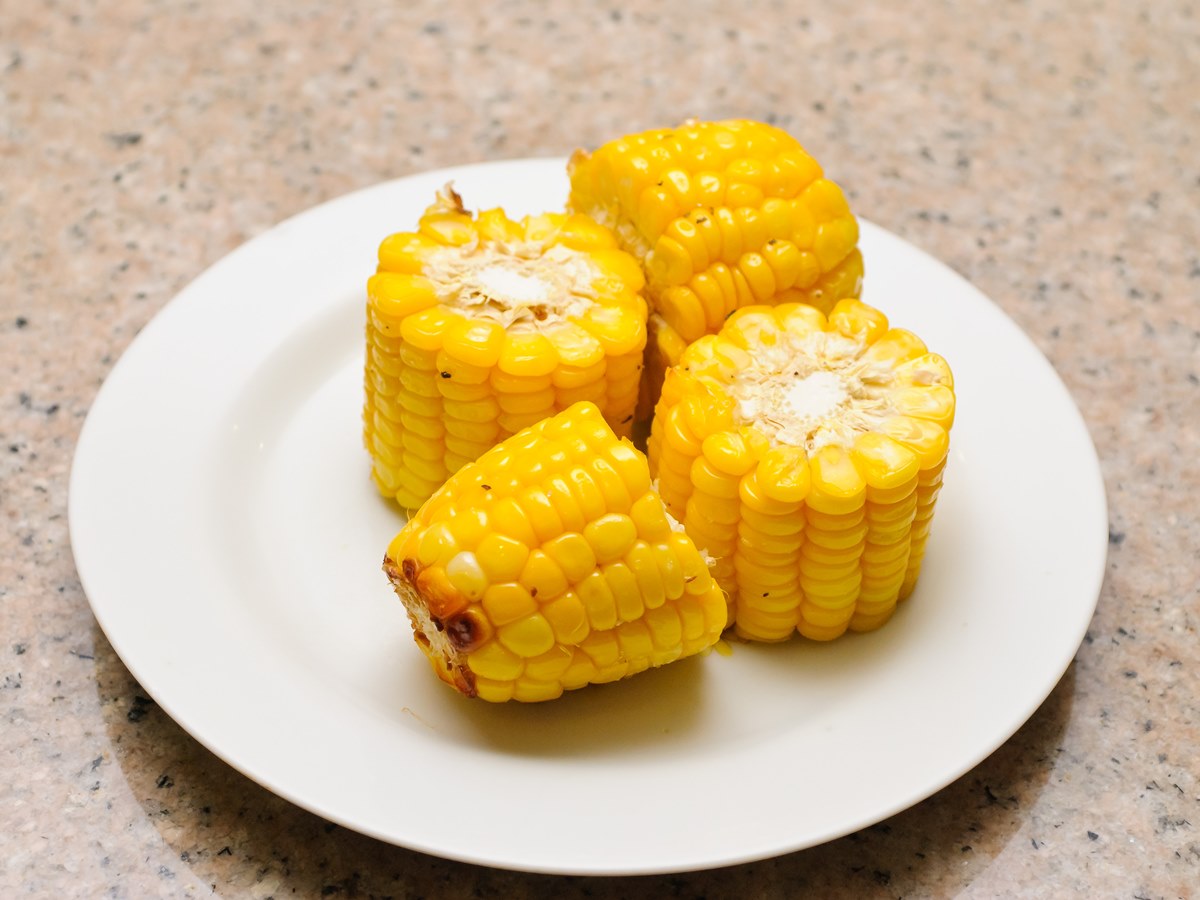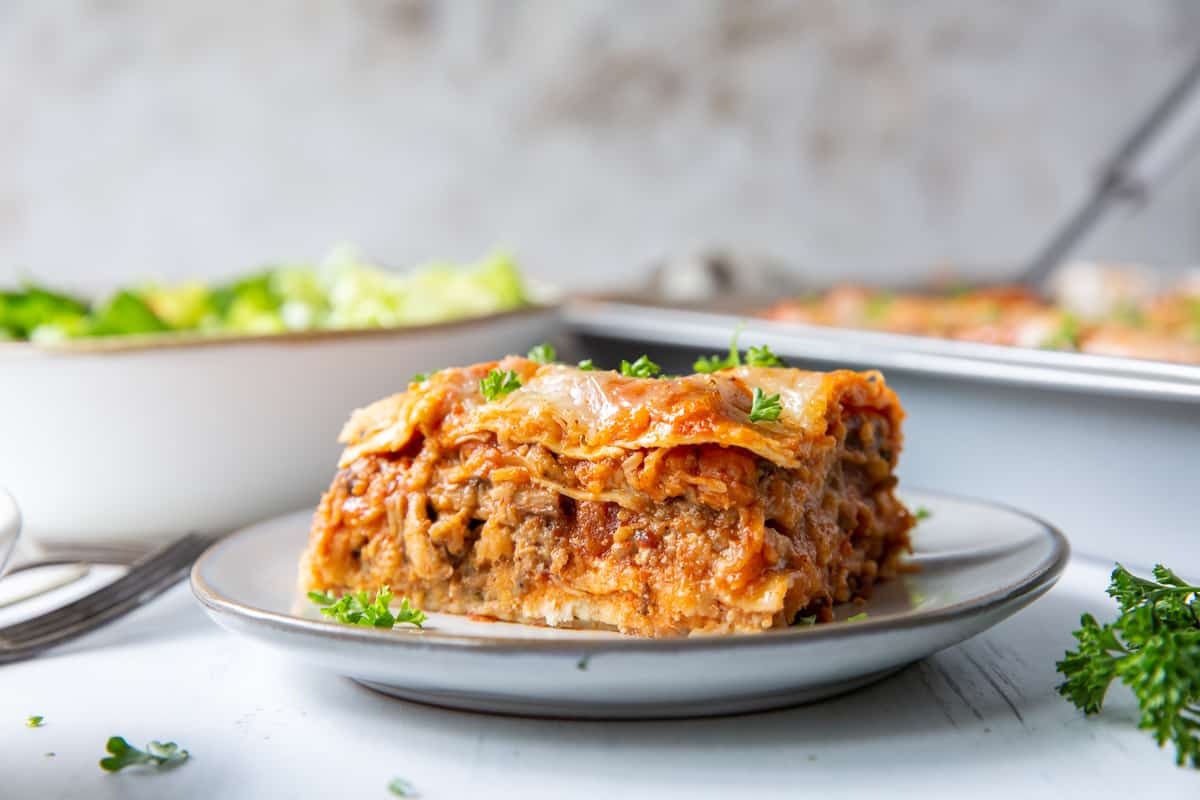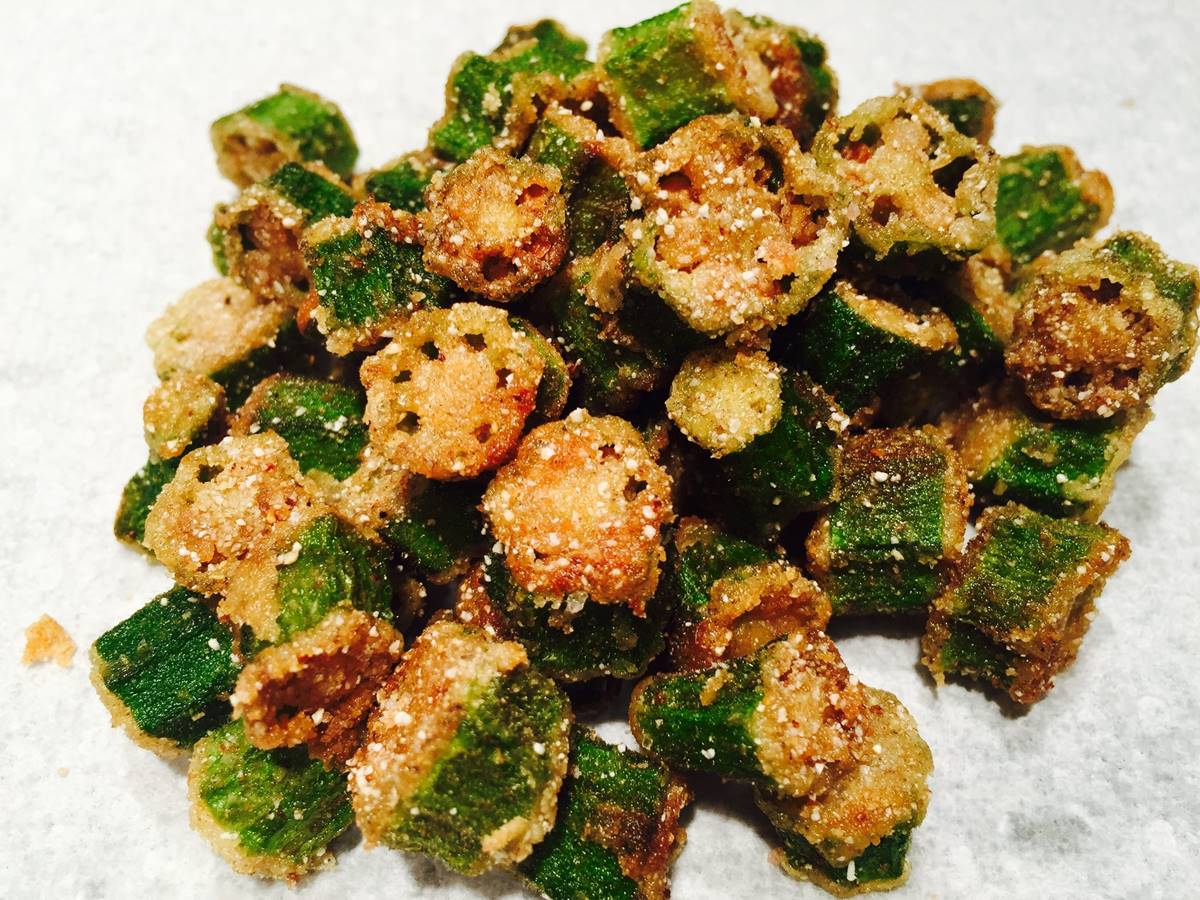Cooking beef shank in an oven transforms this tough cut into a tender, flavorful masterpiece. Often overlooked, beef shank is rich in connective tissues that, when cooked slowly, melt into a natural gelatin, enriching the meat with succulent flavors. This guide will walk you through the simple steps to perfectly oven-braise beef shank, ensuring a mouthwatering dish that falls off the bone. From prepping your meat with the right seasonings to the final slow roast, get ready to impress your taste buds and perhaps even surprise yourself with your culinary skills. Let's get that oven preheated and start cooking!
Essential Ingredients for a Succulent Beef Shank
- 4 beef shanks, about 1 inch thick
- Salt and black pepper to taste
- 2 tablespoons olive oil
- 1 large onion, chopped
- 4 cloves garlic, minced
- 2 carrots, peeled and sliced
- 2 stalks celery, sliced
- 1 cup red wine
- 2 cups beef broth
- 1 can (14 oz) diced tomatoes
- 2 teaspoons fresh thyme, or 1 teaspoon dried thyme
- 2 bay leaves
Must-Have Kitchen Tools for Oven-Baked Beef Shank
- Oven-safe pot with a tight-fitting lid
- Meat thermometer
- Sharp knife
- Cutting board
- Tongs
- Aluminum foil (optional, for covering)
- Oven mitts or pot holders
For tender beef shank, season generously, sear on high heat, then slow-roast covered at 325°F with broth and veggies. Cook until meat is fork-tender, usually 3-4 hours.
The Secret Behind Cooking Beef Shank in the Oven
Cooking beef shank in an oven transforms this tough cut into a tender, flavorful dish. Slow roasting breaks down connective tissues, resulting in meat that falls off the bone. This method also allows herbs and spices to deeply infuse the beef, creating a rich and aromatic meal.
Using an oven for beef shank ensures even cooking and frees up your stovetop. It's a hands-off approach that lets you focus on preparing sides or simply relaxing. Plus, roasting enhances the meat's natural flavors, making it a hearty and satisfying dish perfect for family dinners or special occasions.
Your Ultimate Guide to Oven-Baked Beef Shank
-
Preheat your oven to 325°F (163°C). This temperature allows beef shank to cook slowly, tenderizing the meat.
-
Season the beef shanks generously with salt and pepper. For added flavor, you can also rub them with garlic powder, onion powder, or your favorite herbs.
-
Heat a large, oven-proof skillet or Dutch oven over medium-high heat. Add a splash of olive oil or vegetable oil to coat the bottom.
-
Once the oil is hot, sear the beef shanks on all sides until they develop a rich, brown crust. This usually takes about 3-4 minutes per side.
-
Remove the beef shanks from the skillet and set aside. In the same skillet, sauté any aromatics you like, such as chopped onions, carrots, and celery, until they start to soften.
-
Deglaze the pan by pouring in a cup of red wine, beef broth, or even water. Use a wooden spoon to scrape up any browned bits from the bottom of the pan, as these add flavor.
-
Return the beef shanks to the pan and add enough liquid (like beef broth or water) to come halfway up the sides of the shanks. You can also add herbs like rosemary or thyme for extra flavor.
-
Cover the skillet or Dutch oven with a tight-fitting lid or aluminum foil. Transfer it to the preheated oven.
-
Braise the beef shanks in the oven for about 2 to 3 hours. The meat should be very tender and almost falling off the bone.
-
Check the beef shanks periodically to ensure there's still enough liquid in the pan. Add more broth or water if it seems too dry.
-
Once the beef shanks are tender, remove them from the oven. Let them rest for a few minutes before serving. This allows the juices to redistribute throughout the meat, making it even more succulent.
-
Serve the beef shanks with the cooking liquid as a sauce. You can strain the sauce to remove the vegetables and herbs or blend them into the sauce for added thickness and flavor.
-
Garnish with fresh parsley or thyme before serving for a touch of color and freshness.
A Final Slice on Beef Shank Mastery
Cooking beef shank in the oven isn't just about following a recipe; it's an art that transforms a tough cut into a tender, flavorful masterpiece. Patience and the right techniques are your best friends here. Remember, low and slow is the golden rule, allowing the connective tissues to break down without drying out the meat. Marinating beforehand can add depth to the flavor, while a proper sear locks in those juicy tastes. Pairing with the right veggies and herbs not only complements the dish but also turns it into a one-pot wonder, saving you time and effort. So, next time you're looking to impress or simply craving something hearty, give beef shank a chance to shine in your oven. It's a humble cut with the potential for a gourmet experience, right in your own kitchen.
More Delicious Recipes Featuring Beef Shank
Once you've mastered the art of cooking beef shank in the oven, a myriad of delectable dishes awaits your culinary prowess. Among the recommended recipes to try are Classic Braised Beef Shank with Root Vegetables for a comforting and hearty meal, perfect for colder months. Additionally, the Red Wine and Herb Beef Shank is an exquisite choice, infusing the robust flavors of red wine into the tender meat, ideal for a special dinner. Those looking for a more adventurous taste should consider the Moroccan Spiced Beef Shank with Apricots, which offers a delightful blend of spices and sweetness, transporting your taste buds to North Africa. Each recipe leverages the techniques discussed in the guide, allowing you to apply new skills while exploring diverse flavors.
All Your Questions About Beef Shank Answered
How long does it take to cook beef shank in the oven?
Cooking beef shank in the oven typically takes about 2 to 3 hours at 325°F (163°C). You're aiming for meat that's tender enough to fall off the bone, so patience is key. Low and slow is the mantra here.
What's the best way to season beef shank before cooking?
Seasoning beef shank starts with a generous rub of salt and pepper. From there, feel free to get creative. Garlic powder, onion powder, and dried herbs like thyme or rosemary add depth. For a kick, a pinch of red pepper flakes does wonders. Don't forget to sear it before popping it into the oven; that's where the magic starts.
Should I cover the beef shank while it's cooking in the oven?
Absolutely, covering the beef shank with foil or a lid keeps moisture in, ensuring the meat doesn't dry out. About halfway through, you might want to check on it, maybe baste it with its juices to keep everything nice and juicy.
Can I add vegetables to the beef shank while it cooks?
Adding vegetables not only makes for a well-rounded meal but also enhances the flavor of the beef shank. Carrots, onions, and potatoes are classics. Just chop 'em up and toss 'em in around the shank. They'll soak up all those delicious juices.
How do I know when the beef shank is done?
You'll know the beef shank is ready when it's so tender, a fork can easily slide into the meat with little resistance. Internal temperature should hit around 200°F (93°C) if you're using a meat thermometer. That's when you've hit the sweet spot.
What's the best way to serve beef shank?
After taking your masterpiece out of the oven, let it rest for a bit before diving in. Serve it on a platter, surrounded by those roasted veggies, and maybe a sprinkle of fresh herbs on top for color. Don't forget to ladle some of those rich cooking juices over the top.
Was this page helpful?
Read Next: How To Cook Ground Beef In The Oven

